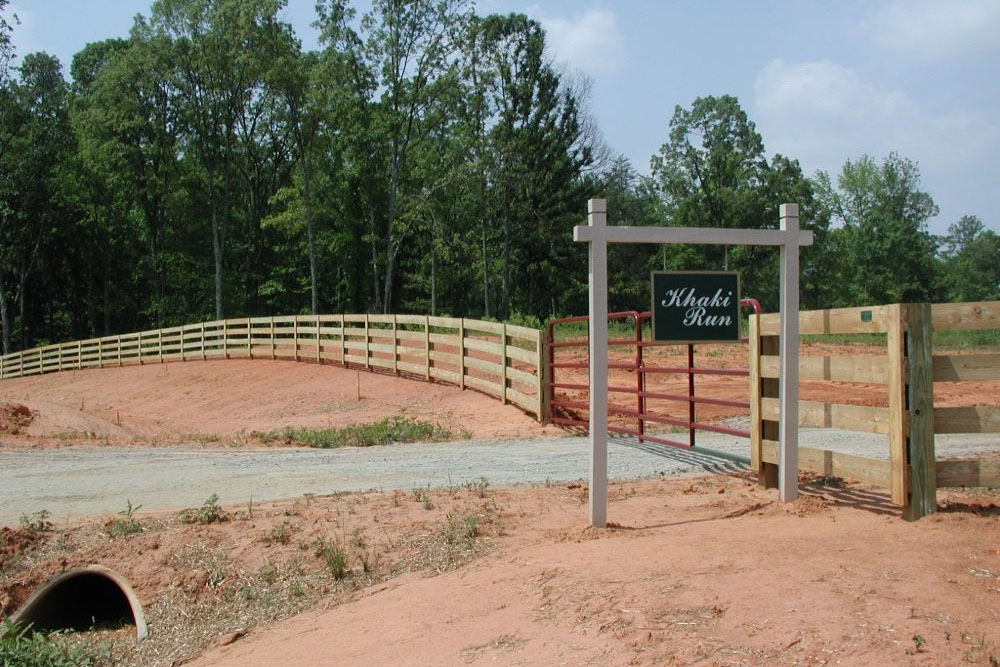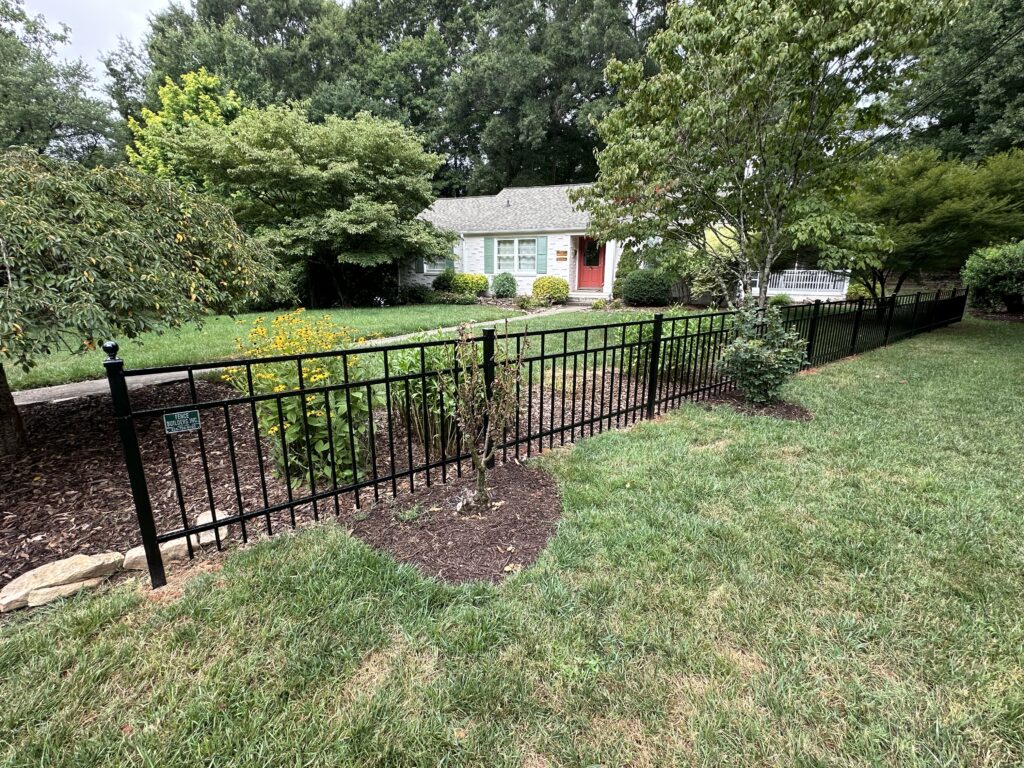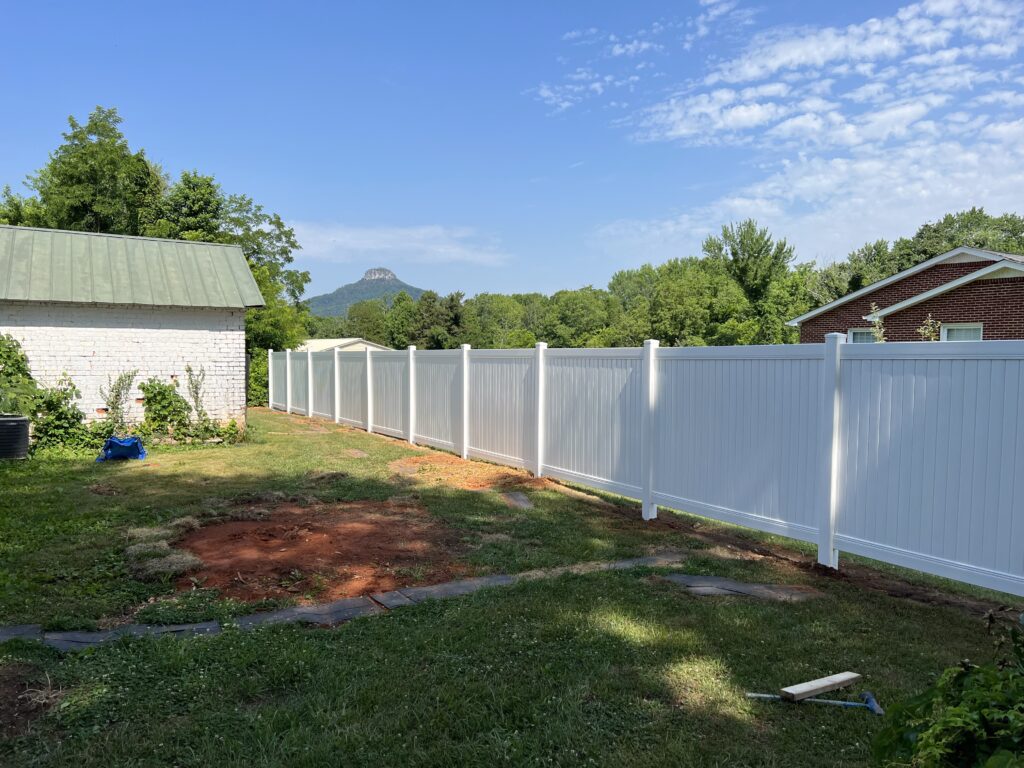In the world of agriculture, fences do more than mark boundaries; they are key components that ensure the safety and productivity of your land. Whether you are managing crop fields or livestock, the right fencing can mean the difference between success and struggle. This guide aims to equip farmers and livestock owners with the knowledge needed to choose, install, and maintain the best fencing solutions for their agricultural needs.
The Backbone of Agricultural Success
Fences have long been an integral part of agriculture. They serve multiple purposes, from keeping animals secure to protecting crops from wildlife. Without proper fencing, the risk of losing valuable resources increases significantly, impacting both productivity and profit. Effective fencing can enhance land management practices, ensuring sustainable agricultural operations that meet both current and future needs.
Fencing also plays a critical role in defining property lines and preventing disputes with neighbors. This is especially important in areas where space is shared or where livestock may roam. Establishing clear boundaries helps maintain good relationships and avoids potential legal issues, thus fostering a cooperative agricultural community.
The right fence doesn’t just offer protection; it also supports efficient farm management. By organizing fields and pastures, fencing can assist in rotational grazing, improving soil health and boosting crop yield. It serves as a tool for better planning and execution of agricultural activities, ultimately enhancing overall farm productivity.
Exploring the World of Fencing Materials
Choosing the right fencing material is crucial as it affects the fence’s durability, cost, and effectiveness. Each material has its own set of advantages and disadvantages, making it suitable for different agricultural applications. Let’s explore some popular options.
Wood Fencing
Wood is a classic choice for agricultural fencing, known for its aesthetic appeal and versatility. It’s particularly suited for smaller farms or decorative purposes around farmsteads. However, wood fences require regular maintenance to protect against weather damage and pests like termites. Despite this, many farmers prefer wood for its natural look and the ease with which it can be customized.
Metal Fencing
Metal fences, including options like chain link and aluminum, are favored for their strength and longevity. They provide robust protection against intruders and are ideal for larger livestock. Though initially more expensive than wood, their durability often leads to lower long-term maintenance costs. Metal fences are also less prone to pest damage, making them a reliable option for many farmers.
Choosing the Right Fence for Your Farm
When selecting the best fence for your agricultural needs, consider several essential factors. The type of livestock or crops you’re protecting will largely dictate your choice of fencing material and design. Each species has unique requirements, and understanding these will help you make an informed decision.
Consider the size of your property and the specific areas that need fencing. Larger farms may benefit from a combination of fencing types tailored to different sections. Additionally, think about the terrain and climate of your land. These factors can influence the type of fence that will withstand the elements and provide maximum protection.
Durability and cost are critical considerations. While it may be tempting to opt for cheaper materials, investing in high-quality fencing can save money over time by reducing maintenance expenses and minimizing the risk of costly breaches. Evaluate the long-term value of your investment to ensure it aligns with your budget and operational goals.
Fencing’s Role in Sustainable Agriculture
Sustainability is becoming increasingly important in agriculture, and fencing can play a significant role in achieving this goal. By promoting responsible land use, fences help manage resources efficiently and minimize environmental impact. They support practices like rotational grazing, which improves soil health and reduces the need for chemical fertilizers.
Fencing also contributes to biodiversity by protecting sensitive habitats from encroachment. Well-placed fences can create wildlife corridors that allow animals to move safely across the landscape, supporting ecosystem balance and species conservation.
Furthermore, using eco-friendly fencing materials, such as recycled steel or sustainably sourced wood, aligns with sustainability principles. These choices reduce the carbon footprint of agricultural operations and demonstrate a commitment to preserving natural resources for future generations.
Fence Builders Inc: Your Partner in Agricultural Fencing
Choosing the right fencing for your agricultural needs can be overwhelming, but it doesn’t have to be. Fence Builders Inc. has been providing high-quality fencing solutions for 70 years, catering to farmers and ranchers across the country. Our team of experts offers personalized advice and customized designs that meet your specific requirements.
We understand the importance of having reliable fencing for your agricultural operations, and our commitment to quality ensures that our fences are built to last. From wood to metal options, we have a wide range of materials and styles to choose from that will suit any property.
Contact Fence Builders Inc. today to find out how we can help you build a strong and sustainable agricultural future with our top-notch fencing solutions. So, whether you’re looking for protection, organization, or sustainability, the right fence can be the backbone of your agricultural success. Trust Fence Builders Inc. to provide you with the perfect solution for all your fencing needs.



